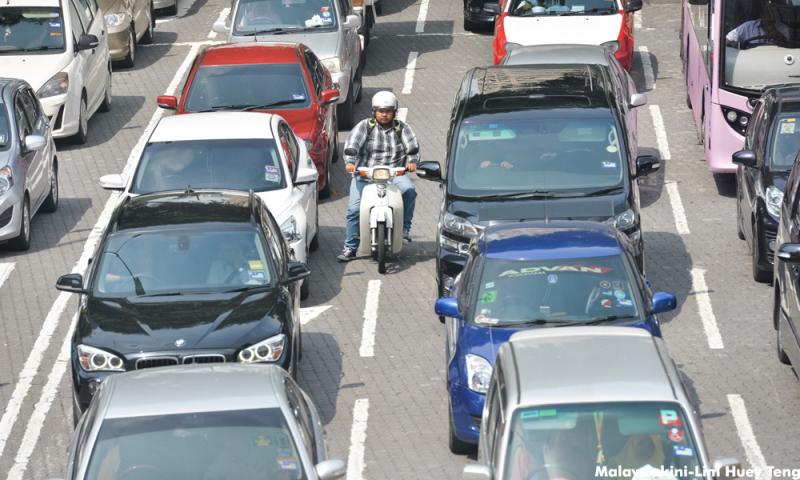LETTER | Turning 2-way streets into 1-way may backfire
LETTER | Recently, traders and hawkers in the Bayan Baru market and food complex in Penang were dismayed by a notice from the Penang Island City Council (MBPP) that several roads around their area will be changed to one-way streets.
The traders were unhappy that MBPP had not discussed the matter with them and feared there will be fewer customers as motorists would have to take a much longer circuitous route along one-way streets to reach the market.
Traffic around the area must have been getting too congested, prompting MBPP to act. While the intention is good, the result may turn out to be quite different.
In the past, whenever roads were turned into one-way, traffic became much smoother at stretches where they were no shops on both sides of the road.
But the reverse was true in city streets lined with shops as motorists would stop for shoppers to get off or into their vehicles.
Worse, many drivers would be waiting by the roadside, or the vehicles illegally parked or even double parked, leaving a narrow lane for others to squeeze through.
And this is exactly what is happening all over the country, whether the streets are two-way or one-way.
If this were to happen around the Bayan Baru market and food complex in the future, then it would be an exercise in futility. Not only that, but it would also cause unnecessary hardships to traders and inconvenience to the public.
As such, local authorities including MBPP should not introduce changes that at best bring only minimal benefit to the people.
Although it is their role to modernise cities and towns, it does not confer them the right to force changes that locals do not want, unless it is a health crisis.
The views expressed here are those of the author/contributor and do not necessarily represent the views of Malaysiakini.
RM12.50 / month
- Unlimited access to award-winning journalism
- Comment and share your opinions on all our articles
- Gift interesting stories to your friends
- Tax deductable
